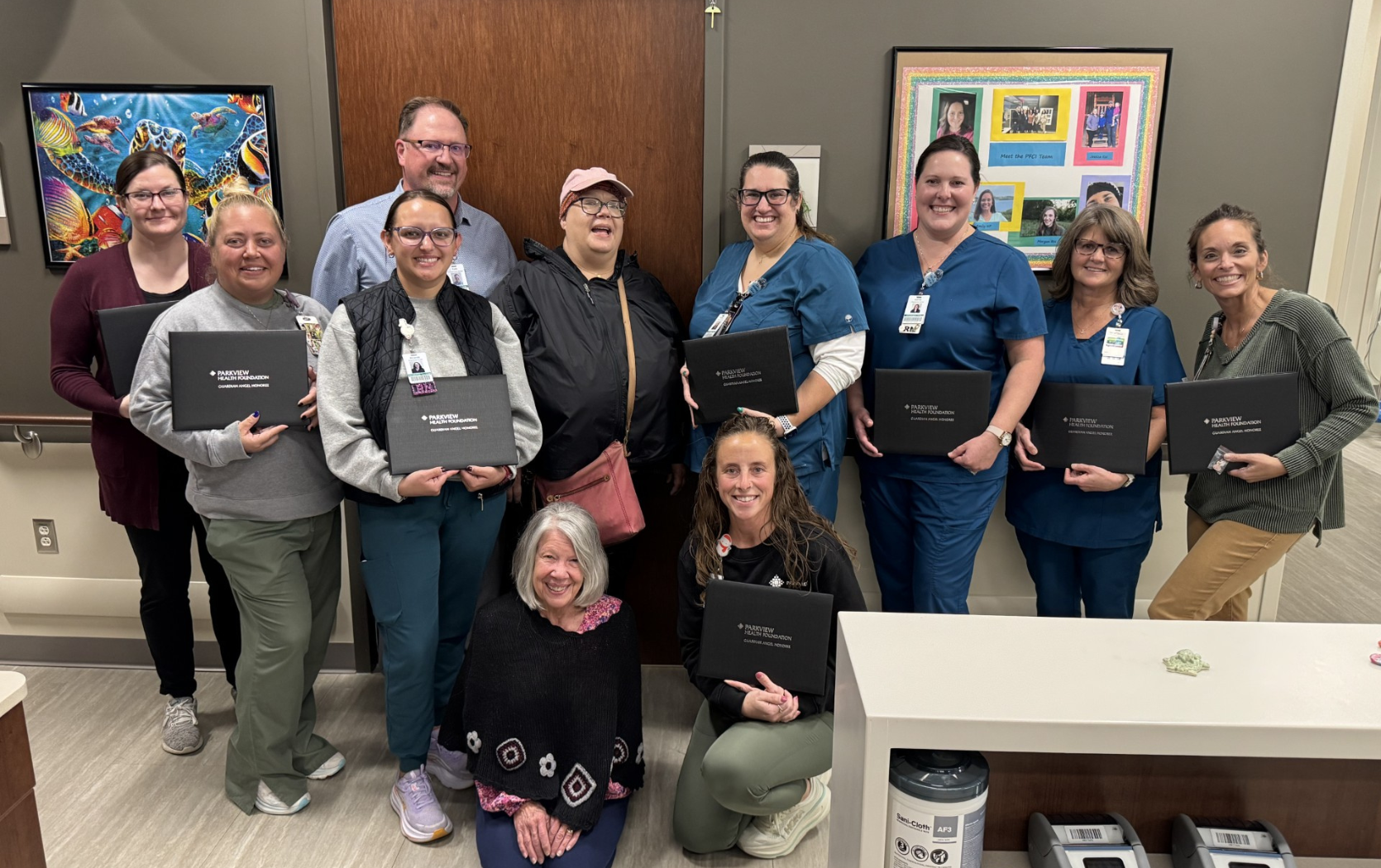
As we age, we become more susceptible to certain conditions and our routine checkups become even more crucial for prevention. Osteoporosis is one such threat that, when identified and treated through lifestyle and medication, is entirely manageable. Characterized by porous, thinning bones, osteoporosis can lead to debilitating fractures, typically in the spine, hip and wrist, and although it’s often considered a "women's disease," men are also affected. In the United States, an estimated 10 million people already have the condition and almost 34 million more have low bone mass, placing them at increased risk for osteoporosis.
“Osteoporosis is considered a silent disease, meaning you typically don’t know you have it until you actually experience a fracture,” Jill Zahm, RN, MSN, nurse navigator, Parkview Center for Health Living, said. “You are never too young or too old to take care of your bones. Up to 90 percent of peak bone mass is acquired by age 18 in girls and age 20 in boys. We reach peak bone mass around age 30.” Jill warns that caffeine, phosphates (think energy drinks and soda) smoking and alcohol all inhibit the body’s ability to absorb calcium. “Anyone can easily detect osteoporosis by checking their height (with no shoes) annually. As we lose bone mass in the spine, we might see a decrease in height. If you start to see a loss of height, talk to your primary care physician and consider a bone density screening.”
For more, we asked Jill to answer these questions regarding osteoporosis prevention, treatment and general awareness.
Q. What age should we start getting screened?
National Osteoporosis Foundation guidelines recommend all postmenopausal women and men age 50 and older should be evaluated for osteoporosis risk in order to determine the need for bone mineral density testing. It should also be considered if you fall into any of these risk factors:
- Calcium-deficient diet
- Sedentary lifestyle
- Significant caffeine consumption
- Small body frame
- Postmenopausal
- Tobacco use
- Poor nutrition
- History of amenorrhea, the abnormal absence of menstruation
- History of malabsorption, including celiac disease and inflammatory bowel disease
- A broken bone caused by normal activities, such as a fall from standing height or lower (fragility fracture)
- Chronic rheumatoid arthritis, chronic kidney disease, eating disorders
- Early menopause (either from natural causes or surgery)
- History of hormone treatment for prostate cancer or breast cancer
- Significant loss of height
- Strong family history of osteoporosis
- Taking corticosteroid medications (prednisone, methylprednisolone) every day for more than 3 months
- Taking thyroid hormone replacement
- Three or more drinks of alcohol a day on most days
How often do I need to have a screening?
Every 3 – 5 years with history of a normal exam or every 2 years if found to have a low score or as directed by physician.
Is the screening painful?
No, the scan takes just a few minutes and you remain clothed.
What steps can I take if I do have osteoporosis?
- Discuss your medication options with your primary care physician. (Don’t be afraid of the medications for osteoporosis. Bisphosphonates, the most common class of medications, have received some bad press but are very safe when used appropriately.)
- The Parkview Center for Healthy Living offers free one-on-one consultations to assist you in understanding your DEXA (a scan to check bone density) results and what treatment options are available to you.
- Make sure you consume adequate calcium.
Age 9-18: 1,300 mg/day
Age 19-50: 1,000 mg/day
Age 51+: 1,200 mg/day
- Be aware that your body absorbs calcium best through food sources; green leafy vegetables and dairy are good choices. If you cannot get your recommended amount through food sources add a supplement to reach your goal.
- Take your supplement correctly. If it is calcium carbonate, it must be taken with a meal for absorption. Calcium citrate can be taken with or without food. If you’re taking more than 500 mg of supplemental calcium each day, you must split the dose (e.g. 500 mg at breakfast and 500 mg at supper).
- Make sure you are getting the recommended amount of vitamin D. Look for "USP" on the label to ensure it has been tested for absorbability and purity.
Birth-18: 400 IU/day
19-49: 400-800 IU/day
50+: 800-1,000 IU/day
- Walk 30 minutes most days of the week.
- Make an appointment to see a physical therapist. They will provide you with an in-home exercise program that includes weight-bearing and resistance exercises, as well as safe movement instructions. This is very important as osteoporosis fractures can occur without a fall.
To schedule your free osteoporosis screening, call The Parkview Center for Healthy Living at 672.6500.



